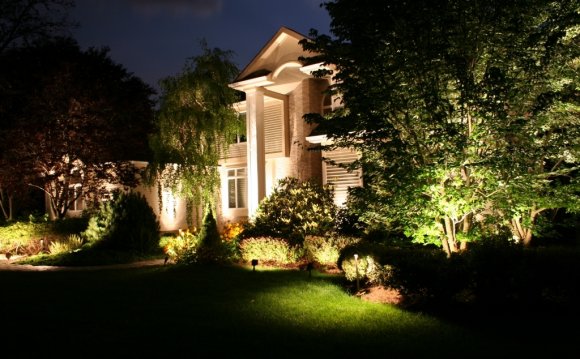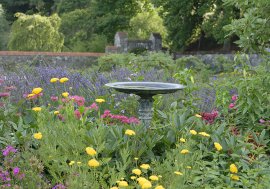
 George W. Vanderbilt knew exactly how to design the ultimate landscape—hire Frederick Law Olmsted, the father of landscape architecture in America to do it. While it’s unlikely that the average homeowner has the resources to hire one of the world’s best landscape designers to makeover their front yard, it is possible to come up with a basic plan that will meet most needs.
George W. Vanderbilt knew exactly how to design the ultimate landscape—hire Frederick Law Olmsted, the father of landscape architecture in America to do it. While it’s unlikely that the average homeowner has the resources to hire one of the world’s best landscape designers to makeover their front yard, it is possible to come up with a basic plan that will meet most needs.
When you begin planning your new landscape, you’ll want to begin by thinking about how the space is going to be used. Do you have children who need a play area? Do you have pets that might damage plants? Would you like to entertain outdoors? Once you’ve decided how you will primarily use the landscape, consider the basic elements of landscape design and how they apply to your needs.
Balance — There are two types of balance—symmetrical and asymmetrical. If you choose symmetrical balance, each side of your landscape will basically reflect the other in shape, form, plant height, color, etc. An excellent example of this is Biltmore’s Walled Garden with its central arbor effectively dividing the garden into two equal halves with matching beds and borders. Asymmetrical balance gives each side of the landscape the same visual weight, but by using contrasting elements. While each side will be different, they should “match” in the sense that a group of trees on the left is balanced by a gazebo on the right or a curvy flower bed on one side is balanced by a walkway and bench on the other. Stroll through the estate’s Shrub Garden for a good example of asymmetrical balance
Color — Varying color combinations can be used to set the mood in your garden. Bright, fiery colors like red, yellow and orange make a garden seem lively and warm—or even hot. Cool or pale colors like green, blue, pink and white are more soothing and make a garden seem quieter and cooler. Dark plants or tree trunks work well as backdrops to set off brighter colors. Use contrasting colors to work as a focal point to draw attention to a specific area.
Unity — To create consistency throughout the landscape, repeat like elements. These may be specific plants or plant groupings, colors or decorative pieces like statuary.
Layering — Throughout your landscape, you’ll want to gradually move from one element to another. Rather than planting a bed of pansies around the base of a large tree—step down with smaller trees, then shrubs, then bedding plants with those pansies forming a border in front of the full planting.















